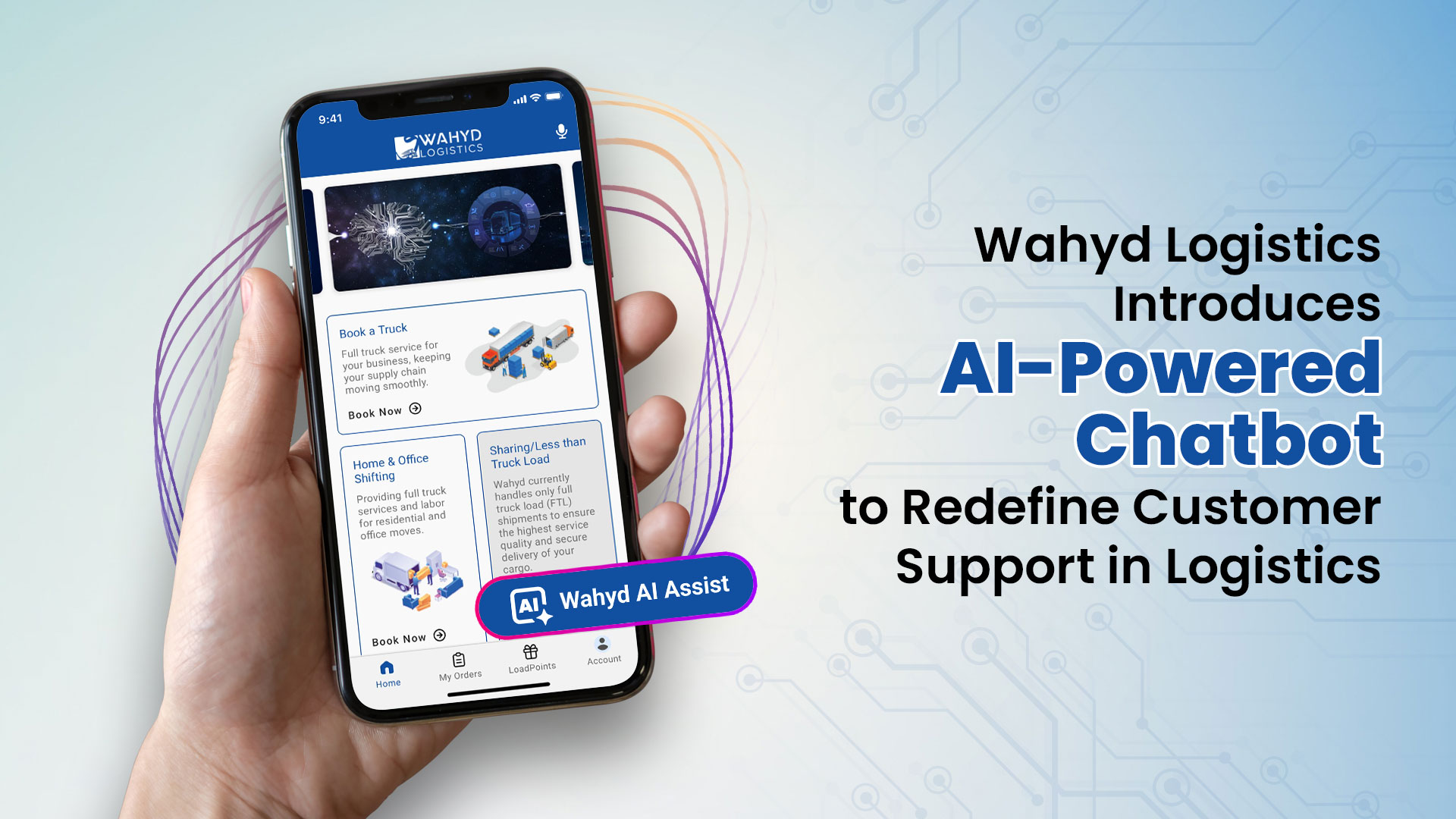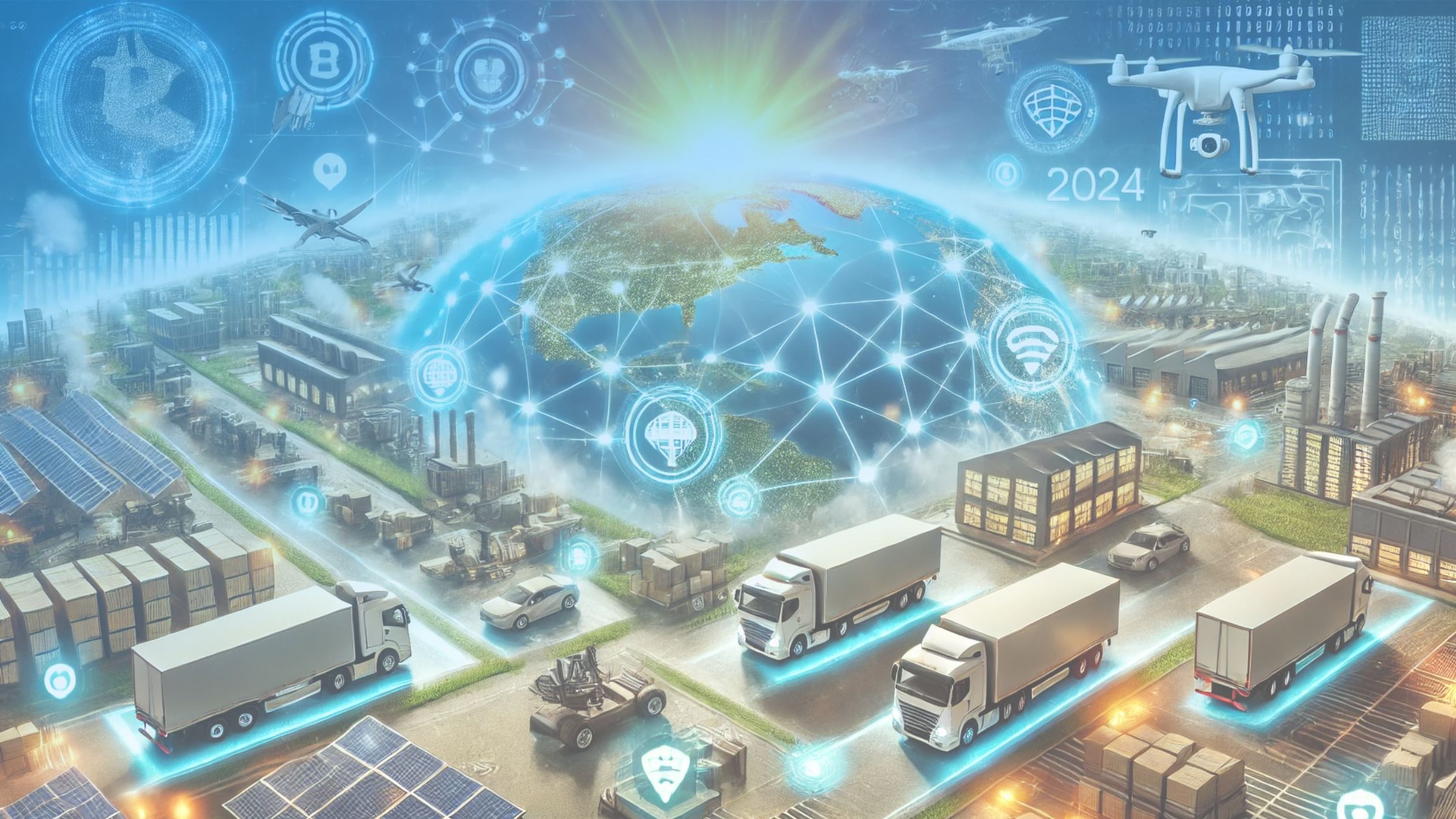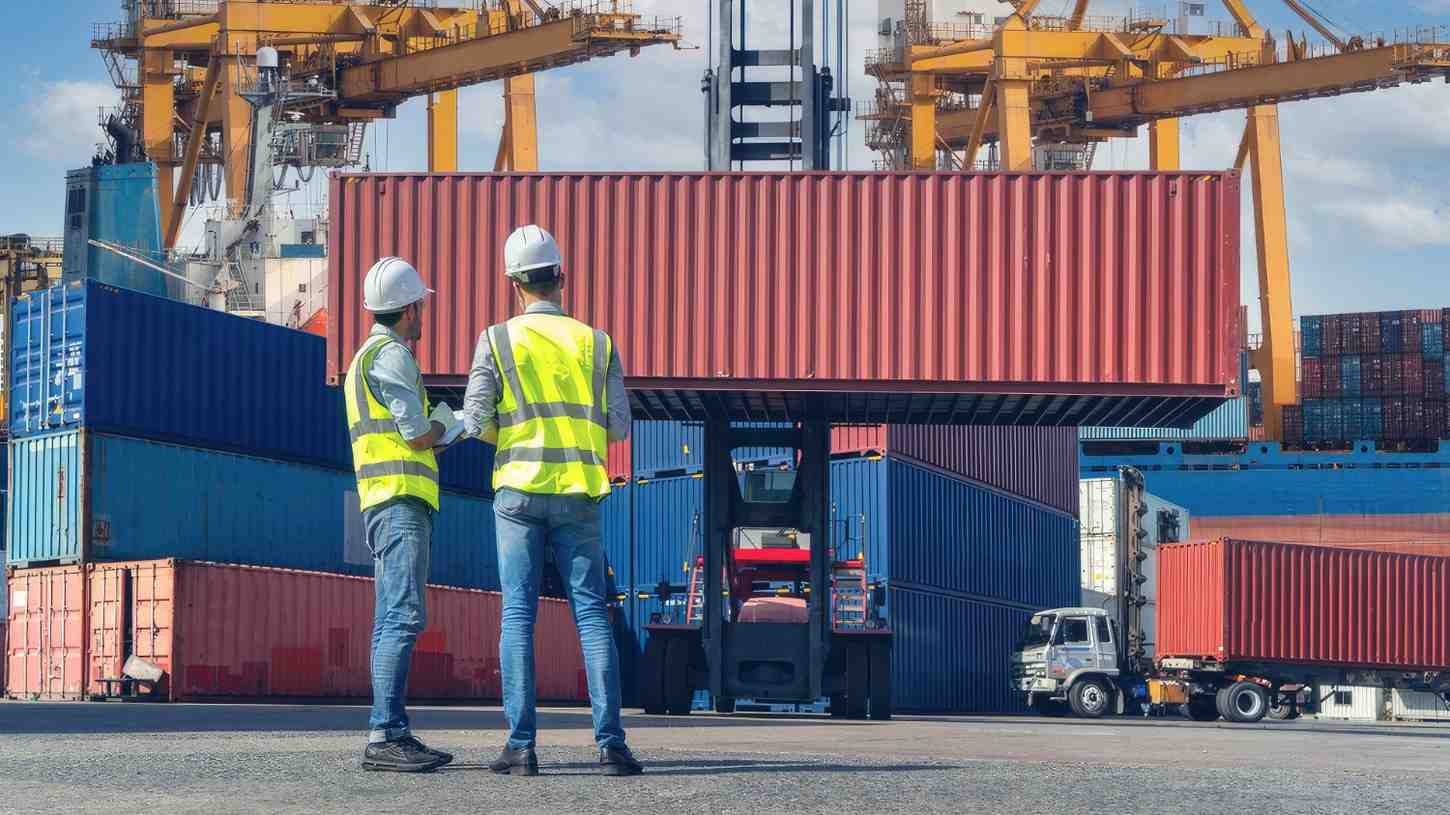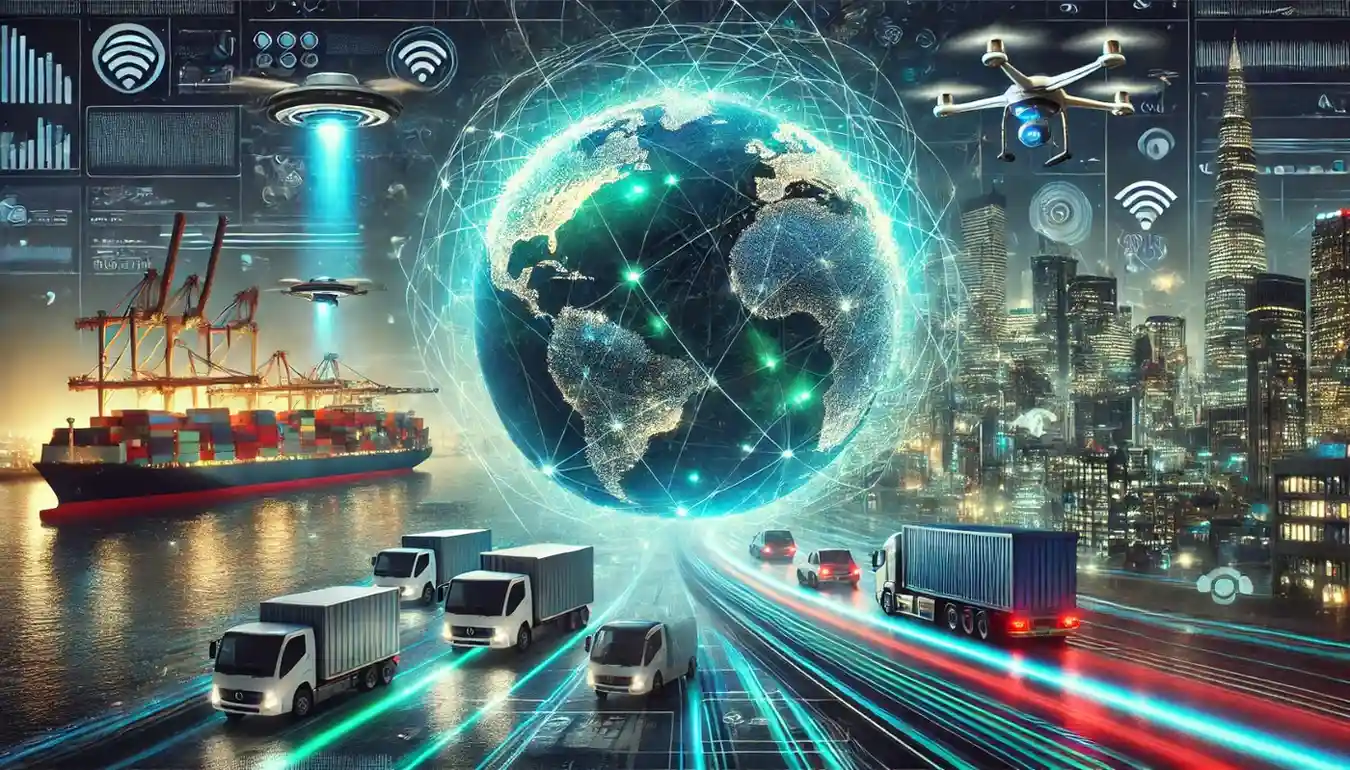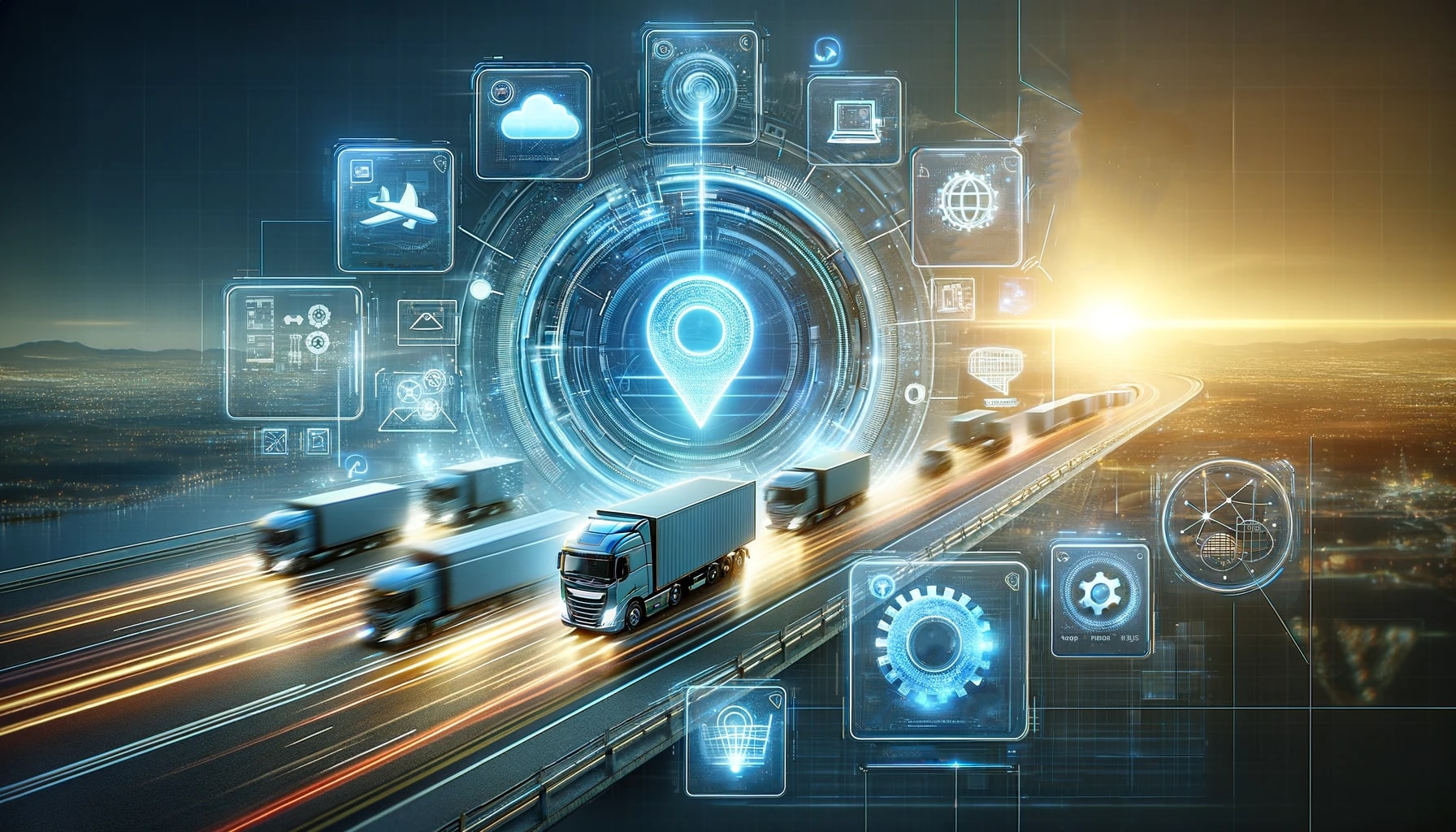
In logistics, technology can greatly impact supply chains, especially customer relations. Building a strong and positive customer service experience is critical for growth and success within the supply chain.
Adopting digital logistics technology can ensure a better customer experience with increasingly focused and innovative services.
Talk to any logistics company and they will tell you that their business lives or dies through their customer service.
Over the past few years, we have seen huge changes in shippers expectations of customer service, largely driven by the new technologies
For logistics providers to thrive in the new world, it is critical to understand how the convergence of technology and customer service changes how you should support clients to maintain a healthy business.
Let’s explore the transformative impact of technology on customer service within the logistics industry, focusing on logistics tech solution and their role in enhancing customer satisfaction.
Technology’s Emergence in Customer Service
The traditional customer service landscape in logistics is undergoing a radical transformation, thanks to technological advancements. The days of manual processes and paper-based tracking systems are over.
Today, logistics companies are leveraging cutting-edge technologies such as artificial intelligence (AI), machine learning, and automation to streamline their customer service operation.
In the modern era, customers expect real-time updates, instant communication, and transparency throughout the supply chain process. Tech-driven customer service is the answer to these demands.
Businesses that fail to embrace digital transformation could quickly fall behind in supply chain performance, hampered by manual processes that their more advanced competitors have already phased out.
This division between digitized logistics organizations and those that fail to adapt could become stark in the years ahead, adding pressure to evolve quickly.
Using Logistics Technology Solutions
Logistics firms that successfully adapt and overcome the challenges of digitization can unlock new capabilities to deliver better customer services and future-proof themselves as the market changes and evolves around them.
The new practices associated with digitized logistics are closely related because of a few overwhelming trends, namely automation and data utilization, which tend to tie them together.
Those embarking on digitization initiatives have the potential to realize advancements in multiple realms, such as:
Real-Time Tracking and Visibility
Logistics tech solutions provide real-time tracking and visibility into the movement of goods. Customers can track their shipments in real time, reducing anxiety and uncertainties. This not only enhances transparency but also builds trust.
Knowing the position and status of every moving piece within the supply chain down to the individual shipment level is a powerful capability for today’s organizations.
While achieving such a view is a challenge, once unlocked it becomes a crucial opportunity. This level of insight allows companies to provide better customer experience, engage in more effective loss prevention efforts, mitigate supply chain risk, and perform more accurate, useful demand planning.
Internet of Things (IoT) and Big Data
The IoT is a concept based on collecting data through a network of sensors to add intelligence to devices and objects that previously lacked it.
IoT allows a wide variety of devices and everyday objects to contribute valuable data to the supply chain process. Tools such as RFID tags and sensors make it easier to track shipments and boost efficiency.
Other uses for IoT and big data in Logistics include:
- Monitoring storage conditions
- Precise prediction of arrival time
- tracking shipments in real-time
- Finding what you want in storage
The new sensors can enable a previously impossible level of real-time visibility, one that can extend to customers, and leveraging big data can enhance logistics efficiency.
Automation and Robotics
The role of warehouse automation has grown in supply chain logistics. From robotic process automation (RPA) to automated guided vehicles (AGVs), it reduces the need for manual labor, improves accuracy, and streamlines warehouse processes.
which lets stakeholders turn their attention to value-adding tasks that require human intelligence to complete.
Experts predict that by 2026, three-quarters of large supply chain operations will use smart robots in their warehouses and distribution centers. Logistics experts use Locus Robots and AutoStore towers to efficiently identify and move goods.
Cloud Computing and Software as a Service (SaaS)
The advent of cloud computing, with its commitment to providing scalable computing resources, has significantly transformed opportunities across diverse industries, and the logistics sector is no anomaly.
According to research conducted by S&P Global, 40% of respondents within the industry identify the cloud as the most influential technological domain driving the digitization agenda.
Through the capability to avail robust Software as a Service (SaaS) platforms everywhere, with predictable cost structures and scalable provisions, logistics enterprises of various profiles can elevate their digital capabilities to new heights.
Automated Customer Communication
Automation plays a crucial role in furnishing customers with timely and pertinent information. The deployment of automated notifications, alerts, and updates eliminates the necessity for manual intervention, thereby enhancing overall operational efficiency.
This streamlined approach ensures that customers stay well-informed through a seamlessly orchestrated communication process, contributing to an elevated standard of service delivery.
Chatbots for Instant Support
Integrating chatbots into customer service not only ensures instantaneous support but also extends
assistance around the clock.
These AI-driven bots are designed to efficiently manage routine inquiries, delivering prompt responses and thereby liberating human resources to focus on more intricate and personalized customer concerns.
By seamlessly incorporating chatbots, businesses can create a customer-centric environment where clients experience swift, reliable assistance at any hour.
This strategic integration not only enhances operational efficiency but also fosters a human touch in customer interactions, as it allows human representatives to dedicate their expertise to addressing complex issues and providing a more personalized service experience.
Digital Twins
A digital twin is like a virtual model on a computer, showing real things and situations. It helps people make really precise decisions by using complicated projections and analysis.
When we model the whole system and use AI and ML technology for predicting and planning, it helps us plan well.
Companies with strong computing power from the cloud can use advanced digital twins to closely examine their supply chains in detail. This advanced technology allows for effective business planning and management.
Improving Client Satisfaction
Customer service is the backbone of a thriving logistics business. Hundreds of thousands of logistics providers can help move cargo anywhere in the world so how does one differentiate themselves in a crowded market to both find and keep shipping customers? And the answer to that is customer service.
Logistics companies that don’t provide great customer service struggle to survive in this industry, it’s a vital piece to building a thriving business.
Logistics service providers coordinate the movement of their client’s most valuable assets so whether they’re working with a small family business or a Fortune 500 company, building trust is critical to success.
Like it or not technology is changing shipper expectations of customer service. For decades, the standards for providing top-tier customer service in freight forwarding haven’t changed. These standards can be simplified into three main categories:
- Communication
- Strategy
- Personalization
These three core pillars likely won’t change anytime soon, but how logistics can deliver and execute against those pillars is changing. Expectations are evolving, and what used to be considered Grade-A customer service in the past won’t cut it in the future.
Shippers now expect 24/7 access to real-time data (not just phone calls and emails). They want their LSPs to be strategic logistics partners (not just reactively solving problems). On top of this, they still expect the same level of personalized attention. This shift has happened in Banking, Insurance, and Healthcare, and now it is happening in Logistics.
The Seven R’s of Logistics
The Seven R’s of Logistics represents key principles that contribute to an effective and efficient supply chain. Each “R” focuses on a critical aspect of logistics management, and collectively they play a crucial role in enhancing customer satisfaction.
Here’s a breakdown of the Seven R’s and how they contribute to a positive customer experience:
- Right Product: Ensuring that the right product is available in the right quantity is fundamental to customer satisfaction. Customers expect to receive the exact items they ordered, and any discrepancies can lead to dissatisfaction. Accurate inventory management and order fulfillment are essential in meeting this requirement.
- Right Quantity: Providing the correct quantity of products is crucial for meeting customer demand. Over-delivering or under-delivering can result in customer dissatisfaction and impact their trust in the reliability of your supply chain. Precision in quantity management helps avoid issues related to shortages or excess inventory.
- Right Condition: Products must be delivered in the right condition to meet customer expectations. This involves proper handling, storage, and transportation to prevent damage or deterioration. Quality control measures and adherence to industry standards contribute to delivering products in optimal condition.
- Right Place: Efficient logistics involve delivering products to the right location. Timely and accurate delivery to the specified destination is essential for customer satisfaction. Real-time tracking and visibility solutions help in meeting this “right place” criterion by keeping customers informed about the status and location of their shipments.
- Right Time: Timeliness is a critical factor in logistics. Delivering products at the right time ensures that customers receive their orders when expected. Meeting deadlines enhances customer satisfaction by minimizing delays and disruptions in their plans, whether they are individuals awaiting personal deliveries or businesses relying on timely supplies.
- Right Customer: Ensuring that products reach the correct customer is essential. Misdelivery or shipping errors can lead to frustration and dissatisfaction. Accurate labeling, order verification processes, and secure customer identification practices help in delivering products to the right recipients.
- Right Cost: Cost-effectiveness is vital in logistics. While customers appreciate timely and reliable services, they also value competitive pricing. Efficient logistics management helps control costs, allowing companies to offer competitive pricing, promotions, or discounts, which contributes to customer satisfaction.
Fueled by B2C experiences, B2B expectations around usability and responsiveness have risen, thus an additional eighth “R” has joined the B2B list: the right experience.
Consistently meeting these criteria ensures that products are delivered accurately, on time, and in optimal condition, contributing to a positive customer experience and building long-term customer loyalty.
The key to success is shifting from customer service to customer experience.
so how can the logistics industry leverage technology to improve its customer service?
The first step should be to stop referring to it as Customer Service and start referring to it as Customer Experience.
Customer Service is primarily defined by manual efforts and personalized attention, executing tasks for customers. While essential, this is just one facet of a more extensive framework. It includes understanding customer needs, offering precise information, and cultivating positive experiences.
Customer Experience focuses on enhancing the customer’s life by minimizing difficulties and strengthening working relationships. This doesn’t imply excluding the role of a forwarder or Customer Service. Instead, it involves redirecting efforts towards tasks that add value, such as strategic planning and tailored services, and moving away from routine administrative tasks that can be automated by computers.
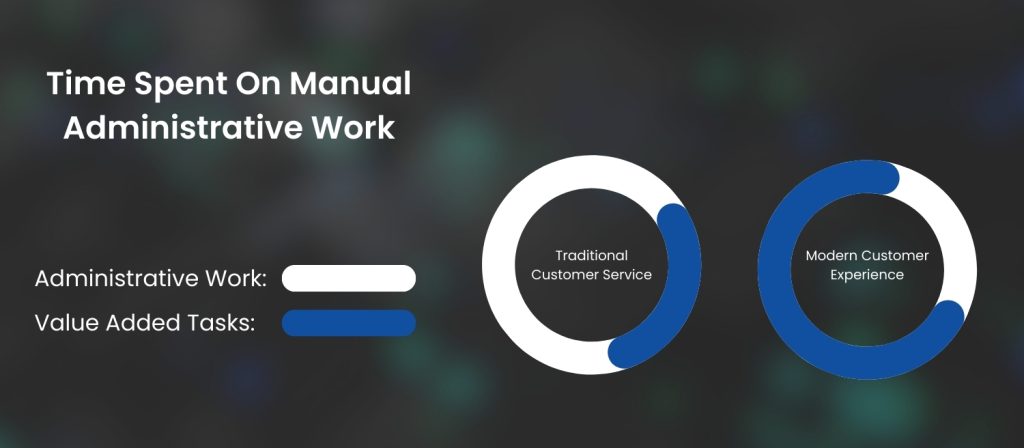
Let’s take a look at how you can transform your logistics business to be customer experience-centric over the months ahead.
Here are some of the high-level thongs you should consider when strategizing about how you can combine technology and service to set your business apart.
Things Technology Can and Should Be Doing to Improve Customer Experience:
- Better Data
- Online Payments
- Automated Data Entry
- Shipment Visibility
- Online Bookings
- Online Quotes
Things Your Team Can and Should Be Doing to Improve Customer Experience:
- Creating better customer relationships
- Building and improving custom SOPs
- Finding more space with carriers
- Becoming strategic partners with your shippers
Technology and Customer Experience were once entirely distinct elements of a logistics company’s operations. While technology was used to streamline logistics processes, it seldom directly impacted customers.
However, this landscape is rapidly evolving, and thriving in this new era demands adaptability.
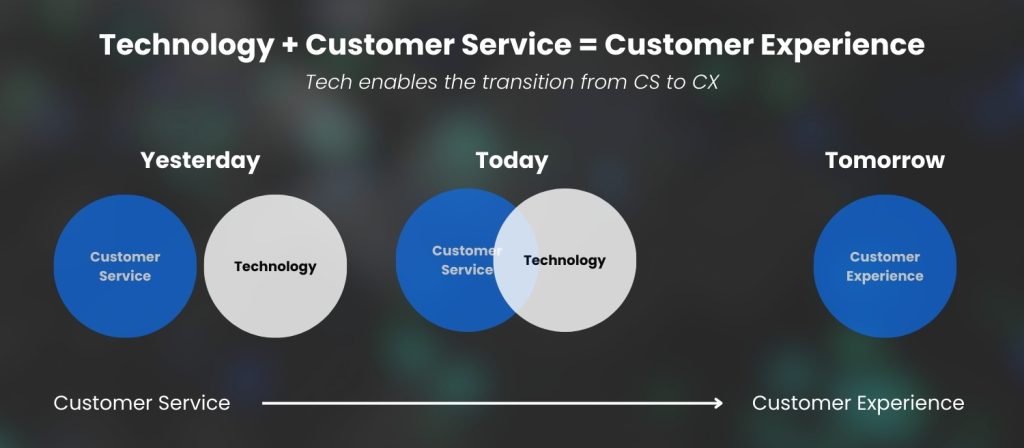
Merging technology with Customer Service is vital for offering a top-notch Customer Experience. Overemphasizing Customer Service can make your business seem slow and cumbersome to customers.
Depending solely on technology might make your service seem distant and rigid. Finding the right mix of your team’s skills and technology is crucial for success.
Conclusion
The logistics sector is undergoing a transformative shift, where integrating technology with traditional customer service is essential for growth and relevance.
This integration offers numerous benefits like real-time tracking, increased visibility, automation, and improved efficiency.
However, the core of a superior customer experience is balancing advanced technology with the human element of customer service. Logistics companies must innovate while prioritizing customer satisfaction, adapting to changing client expectations and maintaining strong relationships.
Embracing this combined approach is crucial for companies to excel in a competitive market, reshaping customer service into a holistic, customer-focused experience that drives business success and ensures longevity.
Frequently Asked Questions (FAQs)
- What is the role of Artificial Intelligence in tech-driven customer service in logistics?
Answer: AI enhances logistics customer service by analyzing data to predict demand, optimize routes, and improve shipment accuracy. This leads to more efficient operations and reduces the frequency of errors, thereby enhancing customer satisfaction. - How does technology improve real-time tracking in logistics?
Answer: Technology enables logistics companies to offer real-time tracking and visibility of shipments. Customers can monitor their deliveries in real time, improving transparency and trust in the logistics process. - What impact does technology have on internal operations in logistics customer service?
Answer: Technology streamlines internal operations in logistics, such as fleet management, inventory control, and collaboration. This leads to faster and more accurate responses to customer inquiries, ultimately improving the overall customer experience.
Discover how Wahyd Logistics is changing the future of trucking and logistics in the GCC.
Visit our website to learn more and read our insightful blogs for actionable industry insights.

